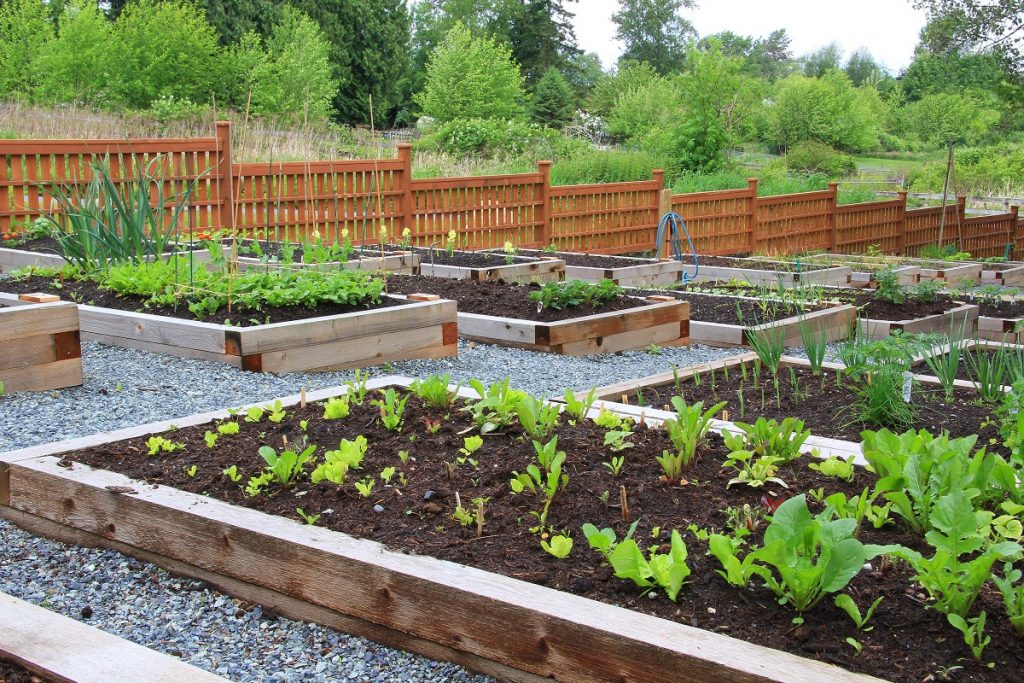A lot of us look forward to taking a bit from fresh, locally grown fruits and vegetables. While there is always the farmer’s market for that, we have often thought about growing them on our own soil. However, not everyone is lucky enough to have adequate outdoor space for gardening, especially those who live in urban areas.
Nonetheless, with recent technological developments in agriculture and science, it has become possible to grow food at home, even with limited space. Surprisingly, growing fruits and vegetables is not easier to manage than we have imagined. Most vegetables could tolerate partial shade, and there are even a few ones that are considered to be ‘shade vegetables.’
Whether you live in a house with an adequate-sized garden but want to maximize it, or in a tiny apartment with not much more than a balcony, your love for growing your food can become a reality. Here are some of the ways you can grow your food in limited spaces.
Container Gardening
If you have limited outdoor space, container gardening might be the solution for growing vegetables and fruits. With the right conditions and an appropriately sized container, you can grow almost any vegetable and a wide variety of fruits. Even growing small fruit trees and bushes is possible with the right amount of sunlight and a watering system. The best examples are lemon trees and blueberry bushes that can thrive in raised planters.
Vertical Gardening
If you think about it, most vegetables and fruit-bearing plants tend to grow upward. That is why over the years, vertical gardening, whether be it using a traditional trellis or hydroponic vertical farming technology, has grown increasingly popular among urban dwellers.
There are so many creative ways for vertical gardening that adds life to a rather dull lost space. And if you are wondering about the best options to plant for vertical farming, here are some of them:
- Cherry tomatoes
- Peas and pole beans
- Cucumbers
- Winter melons and squash
- Strawberries.
Raised Bed Gardening
If you have enough outdoor space for gardening, then raised beds and square foot gardening might be the best way to maximize space and effort. Raised beds can accommodate more plants every square foot and are much easier to take care of. You would not need to pull out weeds so much throughout the season, saving you from unnecessary back pains. Other advantages of growing in raised beds include:
- Excellent drainage solution in all soil conditions
- No soil compaction issue
- No wasted soil as every square inch of it goes towards food production.
Keyhole Gardening
One way of eliminating the need for walkways in your garden is by opting for keyhole gardening. Its goal is essentially to maximize the pace in your garden. Plus, going for this gardening method allows your vegetables and fruit-bearing plants to withstand drought. Your plants also get to enjoy nutrients directly from composts throughout the whole growing season.
Keyhole gardens are somewhat similar to raised gardens because of their raised style beds. The difference is that keyhole gardens take the rough shape of a circle and have ‘keyhole’ shaped paths that allow access to your outdoor space. Composts are directly placed into these circles, and as it breaks down, it gives moisture and nutrients to the bed.

Edible Permascaping
Another amazing gardening technique you should consider when you have limited space is going for edible permascaping. This type of landscaping involves planting food-bearing perennials in spaces where ornamental plants typically take up spaces. Many popular ornamental plants are edible such as rhubarb, artichokes, and redbuds.
Viewing your entire outdoor space as a potential ground for growing food helps increase your yield. Transform your lawn into a beautiful perennial-filled garden with edible delights.
Community Gardening
In recent years, community gardens have increasingly become popular, especially among urban communities. If you do not have a yard, a balcony, or even a well-lit space by the window, perhaps you with your neighbors can create a community garden in a vacant lot.
Growing food together as a community fosters camaraderie and helps supply everyone with more nutritious food to put on the table. The collective efforts, time spent, and everyday interaction builds and strengthens relationships within your community.
Lasagna Gardening
Another way to transform your outdoor space into an edible-filled garden is by creating a lasagna garden. No, it is not the lasagna that we know that is grown. It is simply a method of gardening. It is easy since it does not require any digging. You need to layer on top of grass soil, mulch, and root barriers. It is essentially a technique of “sheet composting.” You grow your vegetables and fruits on top of this layered soil and compost.
So what are you waiting for? Go ahead and start transforming your barren small space into an edible-filled beautiful garden.

